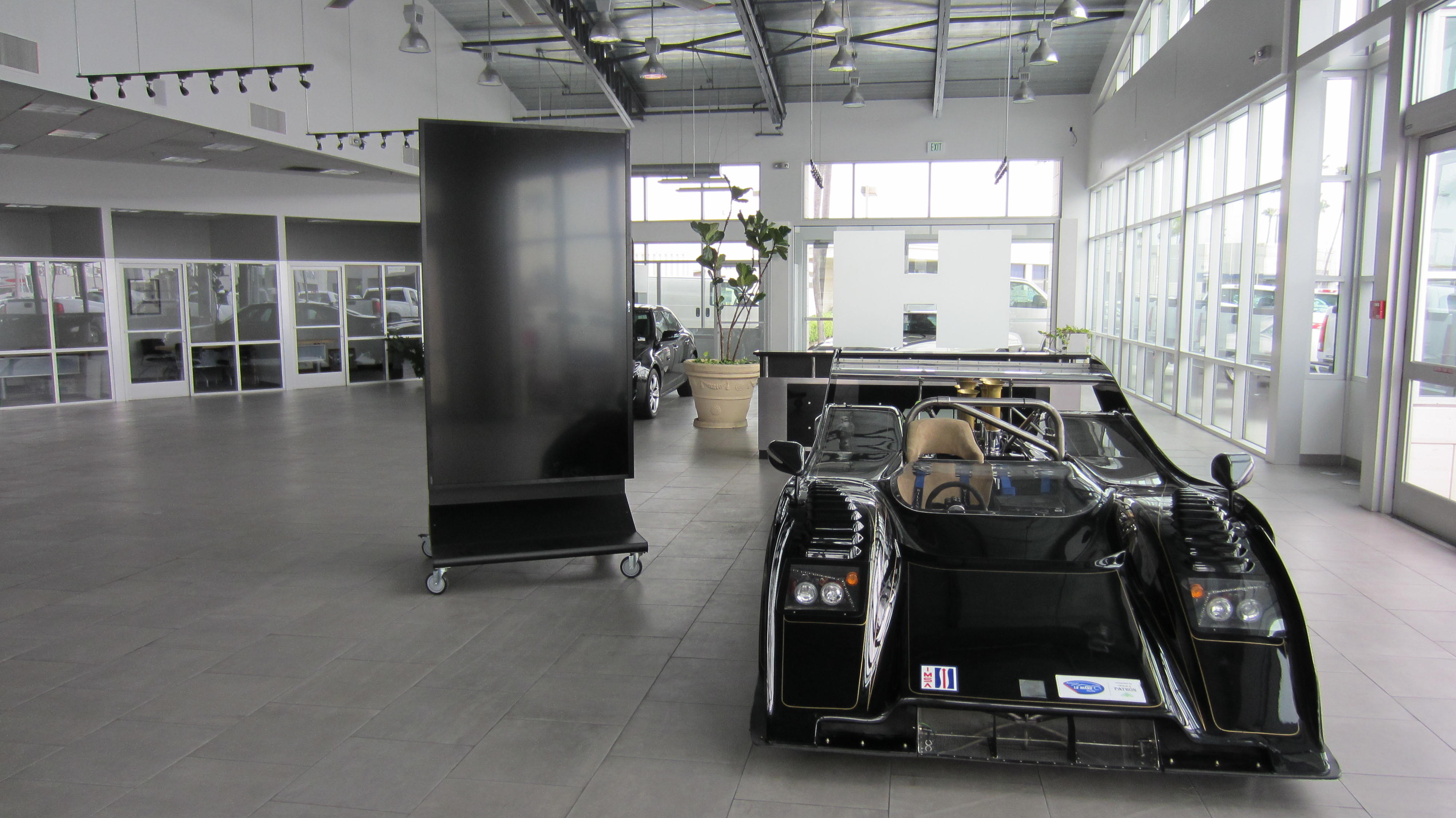In every business there is an essential need for getting large displays added to fit their strategies and meet their objectives. No matter what vertical you may be in, the need to accurately display information for your staff or clients is an essential part of the digital experience that people crave. With smartphones being such a part of our lifestyle, having displays gives people the gratification of getting information through digital media.
Conveying the best content requires having a large canvas available to you. The larger canvas brings higher and clearer resolutions to showcase content to its highest quality. While 8k content is rare to find and difficult to produce, 4k is the best realistic option for anyone to create. Thus, comes the need for ultra-large 4k displays to be utilized properly in commercial settings.
Certifications for Mounts
When installing large-format displays, it is critical to choose the right mounting solution that can handle all of the weight and dimensions of a display.
Large displays can be used as digital signage points in public places or as a digital work board at the front of a conference room. For public spaces such as venues, shopping malls, and university campuses, it is important to find out whether your mounting solution is ADA compliant or whether it can be recessed to meet the 4-inch depth requirement to avoid accidents and hazards. TAA compliancy for large-format mounts is also important when looking to be installed in government facilities.
[AV Designers and Integrators Discuss ADA Compliance]
When dealing with heavy displays, the government wants to ensure that the mount was manufactured in a country that prioritizes safety for the intended users in critical information technology positions. OSHPD grants a certification that is rising in popularity for states that endure instances of seismic activity. For a mounting solution this means that the hardware will withstand earthquakes meaning displays and hardware will stay fixed as the building around it shakes, rattles, and rolls.
The last and final certification that someone should look for is for the mounting solution to be UL listed. Being UL listed means that the mount meets high safety rating standards and can be seen as a stamp of approval on a quality solution. While these certifications are all critical in determining a mounting solution, thinking about the installation and environment is another key part in determining which solution you should use.
Mounting Large-Format Displays on the Wall
The installation of large displays can be a cumbersome task. Outside of the extremely heavy weights, the overall size and bulk of the displays calls for heaving lifting. This means there often has to be an installation team of two to three individuals who need to handle the display safely. When mounting to a wall surface or a cart, utilize a mount that can be fastened and linearly adjusted on the wall before applying VESA brackets and then the display itself.
[The Integration Guide to Flat Panel Displays and Mounts]
With installation brings service of power and data being ran to the monitors. Traditionally displays that need servicing have to be fully removed from the wall and then reattached upon completion. To avoid having to send a three-person crew just to service the display, look for mounting solutions that either articulate away from the wall surface or have forward extension built into them. This will allow for a single person to safely pull the weighted display away from the wall and have full access to the cabling of power and data. Utilizing pneumatics can ease the tension of weight when pulling away from the wall and the use of an integrated in-wall gearbox can make things much easier over the life of the display’s usage.
Mobile Mounts for Large-Format Displays
Large format displays can also be maximized by moving them from room to room. Traditional carts and stands will need to incorporate newer solutions that have the necessary weight capacities along with center massed anchors that minimize tipping hazards when displays sit 20- to 60-inches off the ground. Along with the safe positioning, maneuverability must be considered when placing large-format displays on mobile carts. Only certain sized cart bases will fit through doorways and is a consideration that needs to be through of when utilizing displays in corporate, education, and live event applications in the future.
As displays change their footprint, so will the mounting solutions that accompany them. Solutions are available out in the market today, but manufacturers will continue to innovate and design solutions that will be used as displays continue to expand over the next five to ten years.

